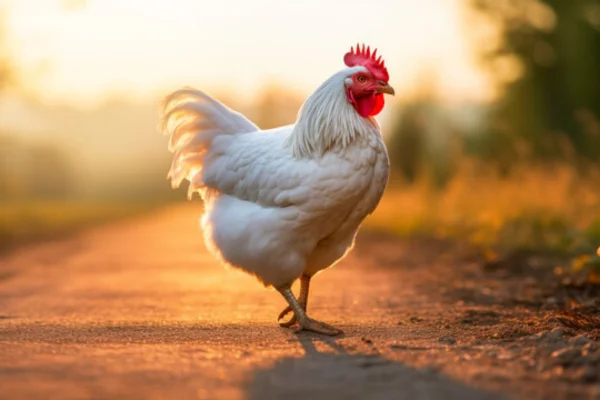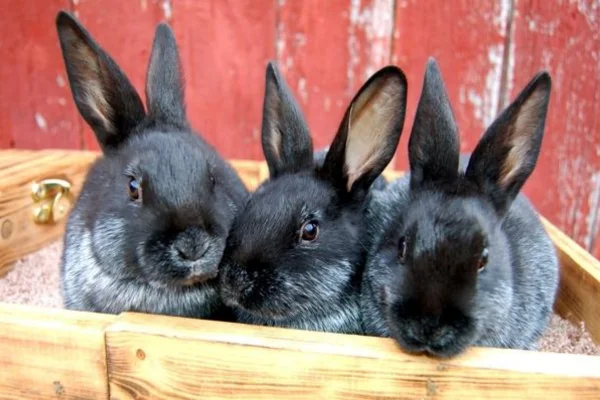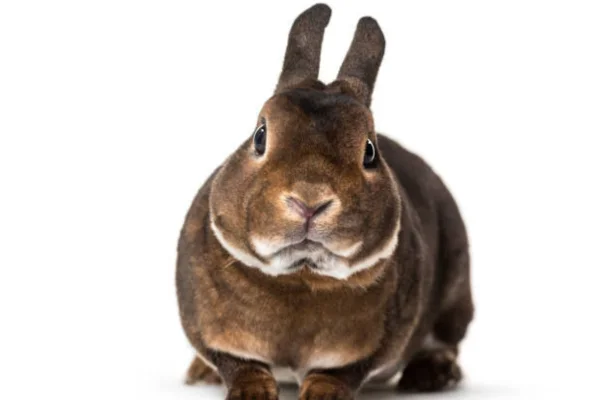The Fascinating Leghorn Chicken: History, Characteristics and Curiosities
The Leghorn hen is one of the best known and most appreciated breeds in the world of poultry farming. Originally from Italy, this bird stands out not only for its high egg productivity, but also for its resistance and adaptability. In this article, we'll explore the fascinating history of the Leghorn hen, its unique characteristics and some of the curiosities that make this breed a popular choice among poultry breeders.
History and Origin
The Leghorn chicken has its roots in the Tuscany region of Italy, where it was first bred. The name "Leghorn" is an anglicization of the name of the Italian port city of Livorno, from where these birds were exported to the United States at the beginning of the 19th century. Since then, the Leghorn has rapidly gained popularity due to its exceptional egg production capacity, and has been incorporated into many breeding programs around the world.
Physical characteristics of the Leghorn Chicken
The Leghorn hen is easily recognizable by its distinctive physical features. They have a slender, agile body with close-fitting feathers that give them an elegant appearance. The most common variety is the White Leghorn, but there are also versions in other colors, such as black, brown and red.
Contents
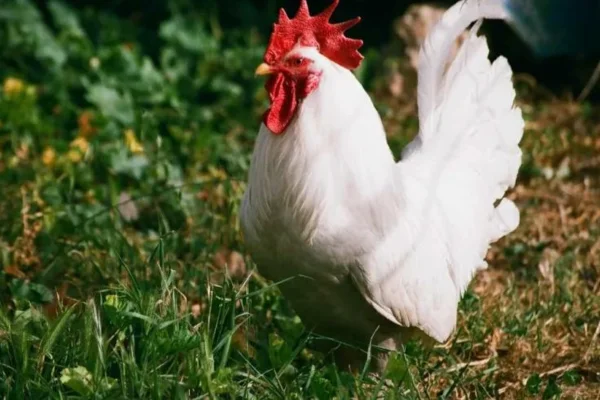
Size and weight
Leghorn chickens are medium-sized. Females generally weigh between 2.0 and 2.5 kg, while males can weigh up to 3.0 kg. This characteristic makes Leghorn a light and easy-to-manage bird, ideal for both small breeders and larger commercial operations.
Feathers and Colors
Although the White Leghorn is the best known, there are several varieties of this breed, including brown, black and red Leghorns. The feathers are soft and adhere well to the body, providing good protection against the weather. The birds have a simple, large crest, which is a striking feature and can fall to one side in older hens.
Egg Productivity and Quality
One of the main reasons why the Leghorn is so highly valued is its high egg productivity. A single hen can lay between 280 and 320 eggs a year, which is significantly higher than the average for other breeds. The eggs are white, medium to large in size, and are known for their tough shells and superior quality.
Laying period
Leghorn hens start laying eggs relatively early, usually between 16 and 20 weeks of age. What's more, they maintain a consistent production throughout the year, provided they are well looked after and fed properly.
Food and care
To maintain high productivity, Leghorns need a balanced diet rich in protein, calcium and other essential nutrients. They also need plenty of fresh, clean water. As they are active birds, adequate space to move around and exercise is crucial to their well-being.
Adaptability and Resistance
The Leghorn is known for its adaptability to different climates and environments. They are hardy birds, able to withstand both hot and cold temperatures, although adequate shelter is necessary to protect them from extreme conditions.
Leghorn chickens are generally active and curious. They like to explore and forage, which can be advantageous for controlling insects and weeds on a property. However, this same curiosity can make them a little more difficult to manage in confined spaces, so an environment with enough space for exploration is ideal.
Curiosities about the Leghorn Chicken
- Popularity in Cartoons: The Leghorn hen gained worldwide fame through the character "Foghorn Leghorn" in the Warner Bros. cartoons. This talkative and self-confident rooster is based on the stereotypical characteristics of this breed.
- Participation in Improvement Programs: Due to its high productivity, Leghorn has been widely used in breeding programs to develop new breeds of layers.
- Life span: With proper care, a Leghorn hen can live up to 7 years or more, although its egg productivity generally decreases after the first two or three years.
Leghorn's importance in modern poultry farming
The Leghorn hen plays a crucial role in modern poultry farming due to its impressive egg production capacity and its favorable characteristics. Its relevance goes beyond just being a productive breed; it has also contributed significantly to the development of new strains and efficient breeding methods.
Contribution to Commercial Strains
Leghorn has been used extensively in breeding programs to develop commercial laying lines. Its high laying rate and feed efficiency make it an ideal basis for raising birds that can maximize egg production while minimizing feed costs. Many of today's commercial layers have Leghorn genetics in their background, reflecting the importance of this breed in the advancement of the poultry industry.
Feed efficiency
One of the reasons why Leghorn are so highly valued is their feed efficiency. These birds are able to convert food into eggs extremely efficiently, which is a crucial factor for producers looking to maximize productivity and reduce costs. This efficiency not only benefits large-scale producers, but also small-scale farmers who want to get the most out of their flocks.
Economic Impact
Leghorn's economic contribution to poultry farming is significant. Its ability to produce a large quantity of eggs in a relatively short period of time helps ensure a constant and affordable supply of eggs for the markets. This has a direct impact on egg prices and food security, making Leghorn a key player in the global food supply chain.
Sustainability and Ethical Creation
In addition to their productivity, Leghorn are also appreciated for their adaptability to different farming methods, including more sustainable and ethical systems. Many producers are adopting breeding practices that prioritize animal welfare, and Leghorn adapts well to these conditions, such as free-range and cage-free systems. This not only improves the birds' quality of life, but also meets growing consumer demands for more sustainable and ethical products.
The Leghorn hen continues to be a key breed in modern poultry farming, thanks to its high productivity, feed efficiency and adaptability. Its influence on the creation of new commercial strains and its economic impact reinforce its continued importance in the industry. With the growing emphasis on ethical and sustainable breeding, Leghorn is well placed to remain a preferred choice for producers of all sizes, ensuring a prosperous future for global poultry farming.
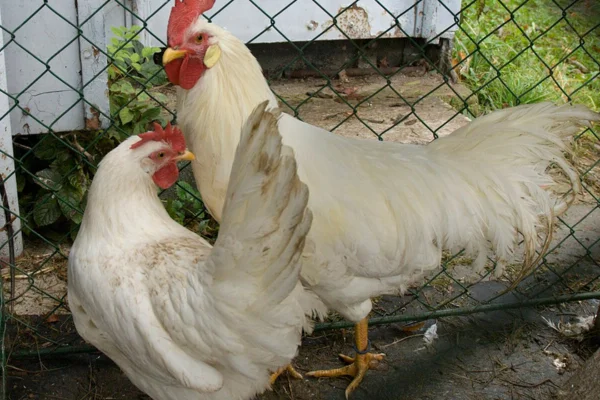
Challenges in Raising Leghorns
Although the Leghorn is an excellent breed in many respects, raising these birds is not without its challenges. Their active and curious nature can lead to unwanted behavior, such as a tendency to run away or aggression between group members. In addition, their high egg production can put a strain on their nutritional and care needs, requiring constant attention from the breeder.
Disease Control
Like any other breed, Leghorn chickens can be susceptible to various avian diseases. Regular vaccination, good hygiene and constant vigilance are essential to keep the flock healthy. Common problems include internal and external parasites, as well as respiratory diseases.
Conclusion
The Leghorn hen is a real gem in the world of poultry farming, combining high egg productivity, endurance and adaptability. Its rich history and unique characteristics make it a popular choice for both small breeders and large commercial operations. With the right care, Leghorns can provide a reliable source of eggs and a touch of charm to any hen house.
Raising Leghorn chickens can be a rewarding experience, as long as you are prepared to meet their specific needs and make the most of their exceptional qualities. Whether for large-scale egg production or a poultry hobby, the Leghorn certainly stands out as one of the best breeds available.
Thank you for visiting us and check out our other work

